Bearded dragons, scientifically known as Pogona vitticeps, are among the most popular reptile pets due to their docile nature and relatively low maintenance. However, like all living creatures, they can experience health issues, one of which is sluggish digestion or reduced intestinal motility. Proper gut movement is crucial for their overall health, as it ensures efficient nutrient absorption and prevents complications like impaction. Understanding how to promote healthy intestinal motility in bearded dragons is essential for any responsible owner.
The digestive system of a bearded dragon is highly sensitive to environmental and dietary factors. Unlike mammals, reptiles are ectothermic, meaning their body temperature and metabolic processes are heavily influenced by external heat sources. This makes basking an absolute necessity for proper digestion. Without adequate heat, their digestive enzymes cannot function optimally, leading to slowed gut movement. A well-regulated basking spot with temperatures between 95°F to 110°F (35°C to 43°C) is critical to stimulate their metabolism and encourage regular bowel movements.
Hydration plays another pivotal role in maintaining intestinal motility. Bearded dragons originate from arid regions, but they still require sufficient water intake to keep their digestive tract functioning smoothly. Dehydration can lead to hardened stools and even impaction, a life-threatening condition where undigested food blocks the intestines. While some dragons drink from water bowls, others prefer obtaining moisture from their food. Offering fresh greens with high water content, such as cucumbers or bell peppers, can help. Additionally, occasional lukewarm baths not only hydrate but also encourage defecation through gentle stimulation.
Dietary composition is equally important. A balanced diet rich in fiber aids in smooth digestion. Juvenile bearded dragons thrive on a protein-heavy diet, but adults require a shift toward plant-based foods to prevent excessive protein from slowing gut movement. Leafy greens like collard greens, dandelion greens, and mustard greens provide necessary fiber. Overfeeding insects with hard exoskeletons, such as mealworms, can contribute to blockages. Instead, softer feeders like silkworms or appropriately sized dubia roaches are preferable. Gut-loading insects with nutritious vegetables before feeding further enhances the dragon’s digestive health.
Exercise is an often-overlooked factor in promoting intestinal motility. In the wild, bearded dragons are active foragers, constantly moving to hunt and explore. Captive dragons, however, may become sedentary if their enclosure lacks stimulation. Encouraging physical activity through a spacious habitat, climbing structures, and supervised exploration outside the enclosure can help maintain muscle tone and stimulate bowel movements. A lethargic dragon is more prone to digestive stagnation, so keeping them engaged is key.
Probiotics and digestive aids can also support gut health. While research on reptile-specific probiotics is limited, some herpetologists recommend occasional supplementation with probiotics designed for herbivores or omnivores. These beneficial bacteria may assist in breaking down food and maintaining a balanced gut flora. Pumpkin puree (unsweetened) is a natural remedy some owners use to alleviate mild constipation, as its high fiber and moisture content can gently promote bowel movements.
Recognizing the signs of poor intestinal motility early can prevent severe complications. Symptoms such as bloating, lack of appetite, infrequent defecation, or straining require immediate attention. In mild cases, adjusting temperature, hydration, or diet may resolve the issue. However, persistent symptoms could indicate impaction or parasitic infections, necessitating veterinary intervention. Regular fecal exams are advisable to rule out internal parasites that could disrupt digestion.
Ultimately, promoting healthy intestinal motility in bearded dragons revolves around replicating their natural habitat and behaviors as closely as possible. Proper heating, hydration, diet, exercise, and proactive health monitoring form the foundation of digestive wellness. By paying close attention to these factors, owners can ensure their bearded dragons lead long, active, and comfortable lives.
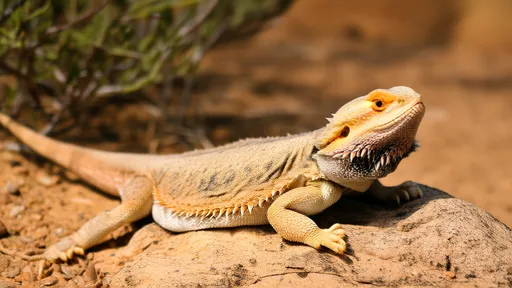
By /Jun 28, 2025
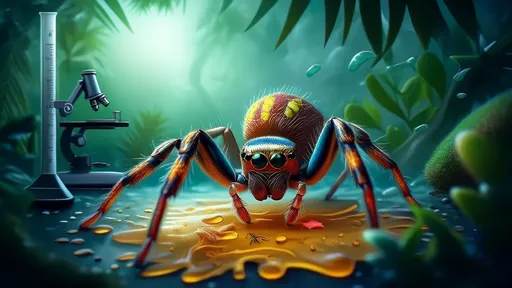
By /Jun 28, 2025
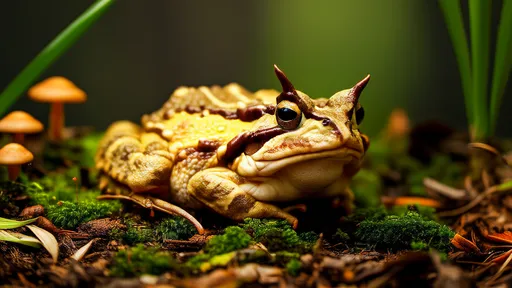
By /Jun 28, 2025
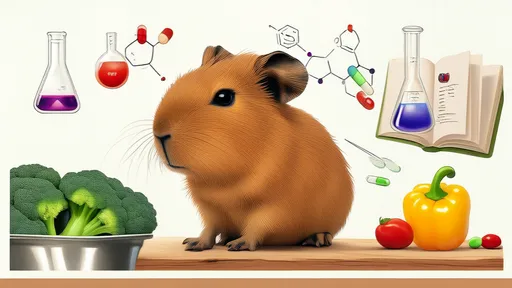
By /Jun 28, 2025
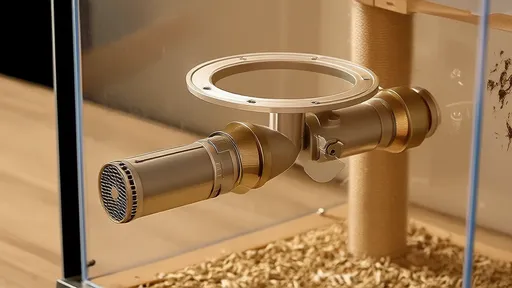
By /Jun 28, 2025
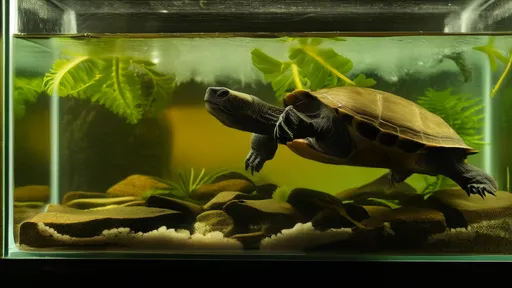
By /Jun 28, 2025
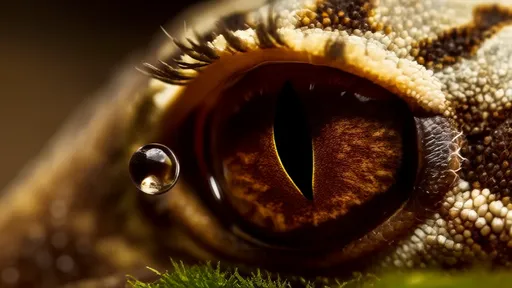
By /Jun 28, 2025
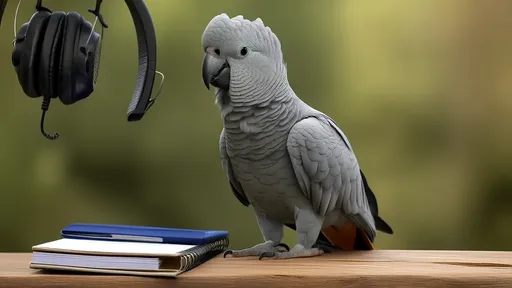
By /Jun 28, 2025
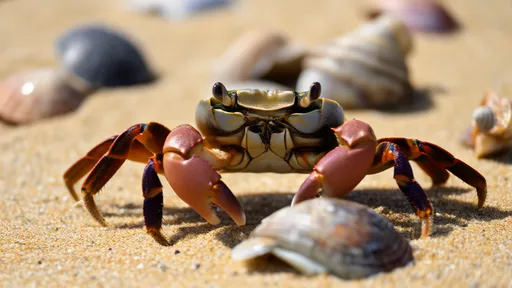
By /Jun 28, 2025
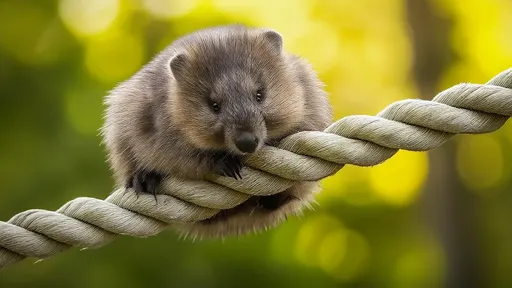
By /Jun 28, 2025

By /Jun 28, 2025
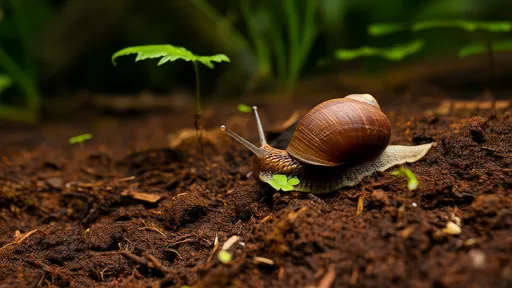
By /Jun 28, 2025
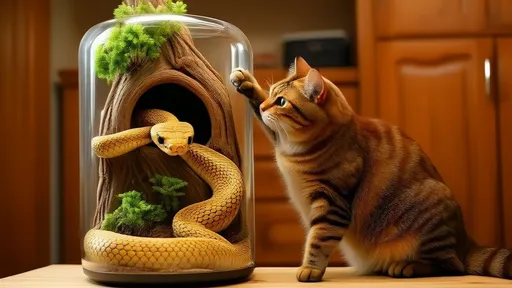
By /Jun 28, 2025
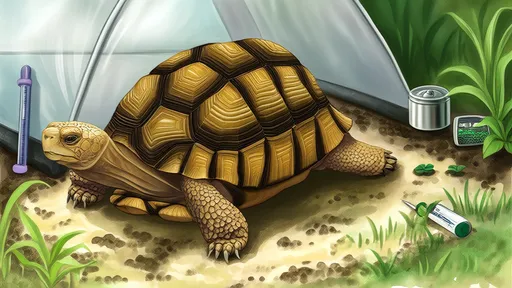
By /Jun 28, 2025
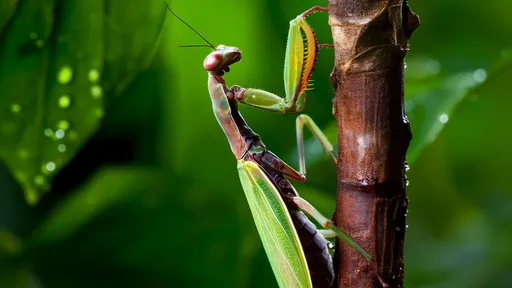
By /Jun 28, 2025
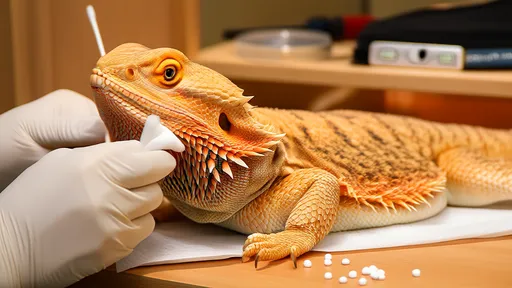
By /Jun 28, 2025
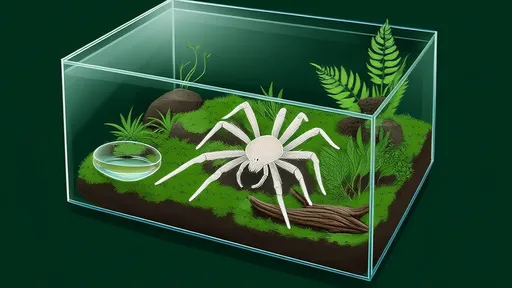
By /Jun 28, 2025